 |
| April 23, 2020 |
Dear Reader,
Why is there so much more matter than antimatter in the universe? This question is one of the defining mysteries of physics. New findings could point toward a possible answer. In other news, gene-editing technology CRISPR is making a bid to help fill in holes in coronavirus testing regimens. And our top story today examines some of the drugs being developed to attack COVID-19 and the virus that causes it. |
| | Sunya Bhutta, Senior Editor, Audience Engagement
@sunyaaa | |
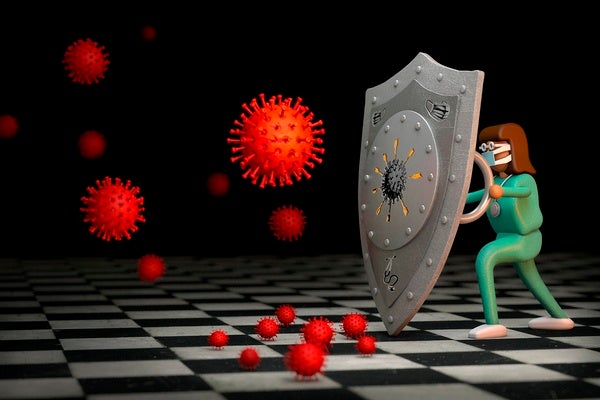 |
| |
| |
| |
| |
| |
| |
| |
| |
FROM THE STORE
 | | | |
| |
FROM THE ARCHIVE
 | | | |
LATEST ISSUES
 |
| |
| Questions? Comments?  | |
| Download the Scientific American App |
| |
| |




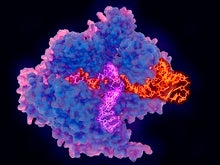
![The Lost Worlds of Soviet Space Graphics [Slideshow]](https://static.scientificamerican.com/sciam/cache/file/C85AE849-B74E-440F-8F0A044455053586_W220_Hauto.jpg)

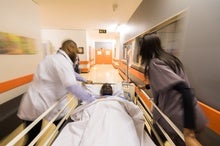
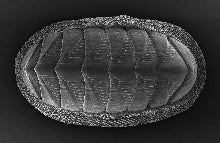
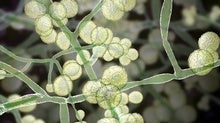
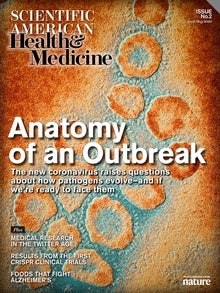

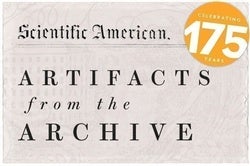
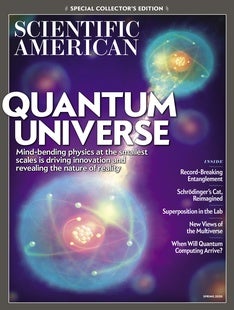

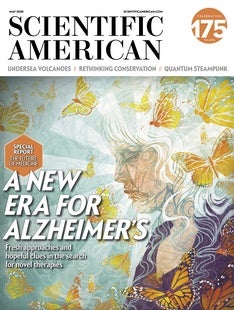
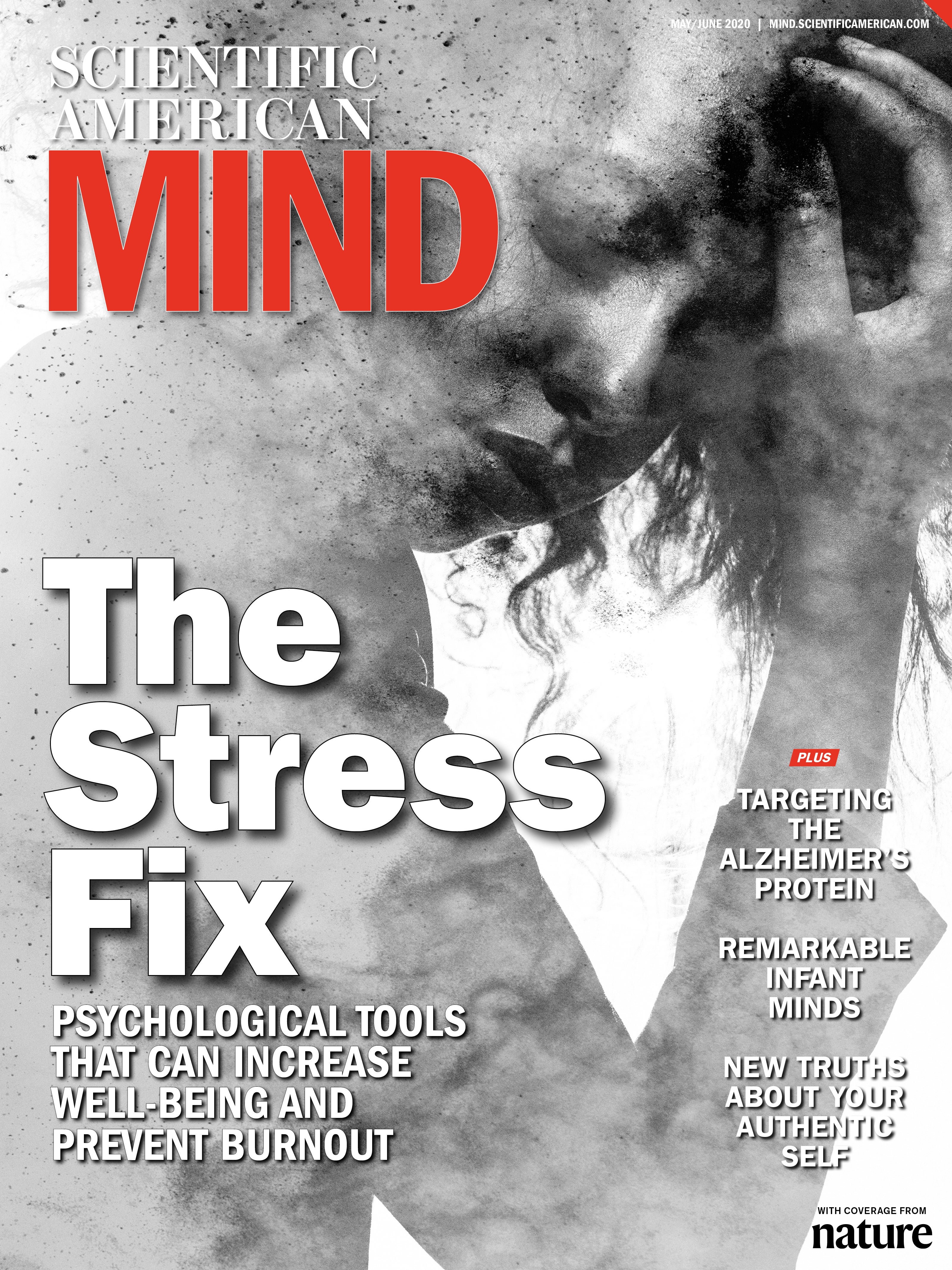
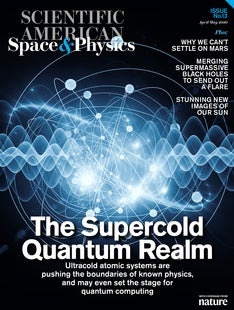



Comments
Post a Comment